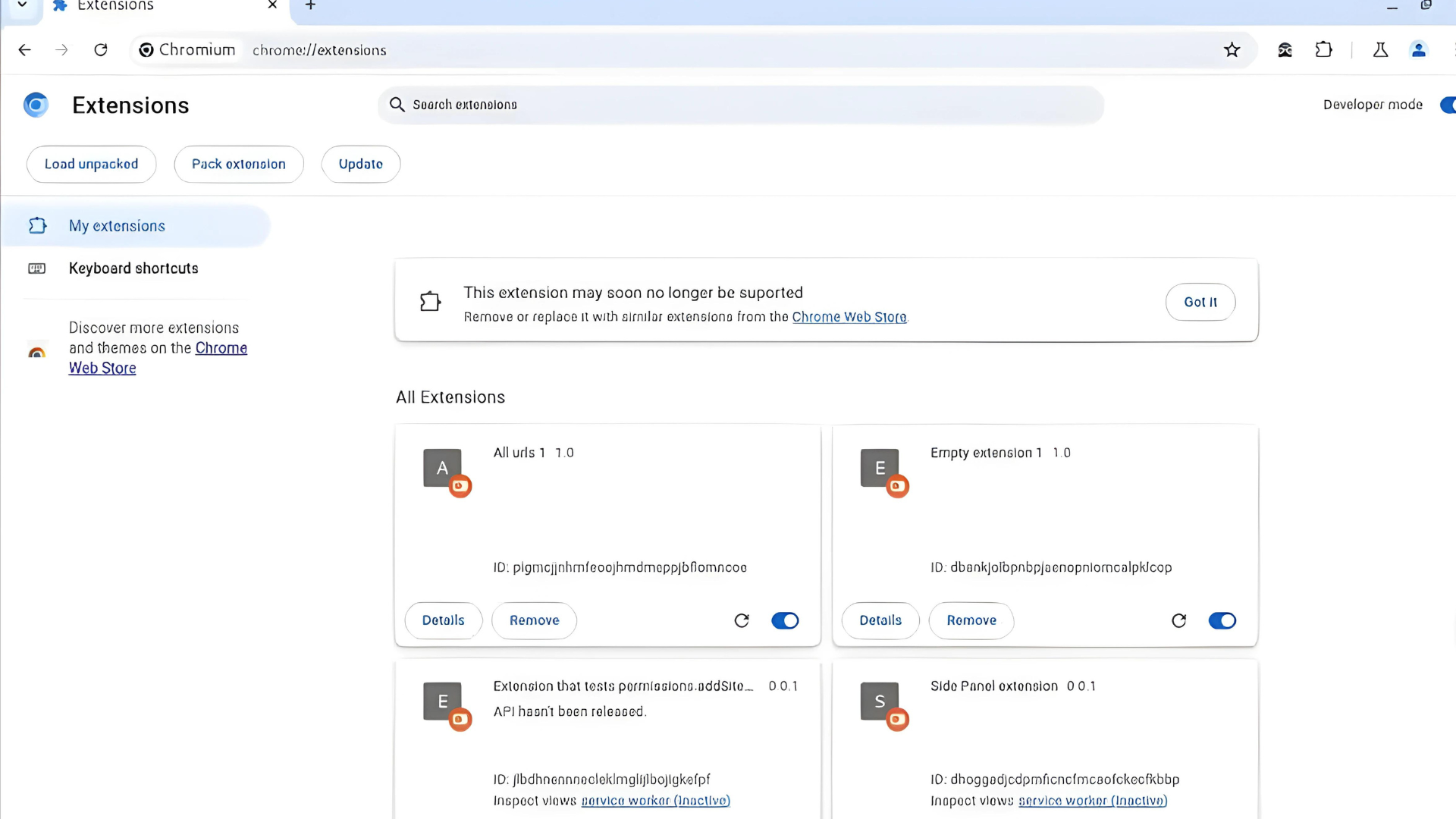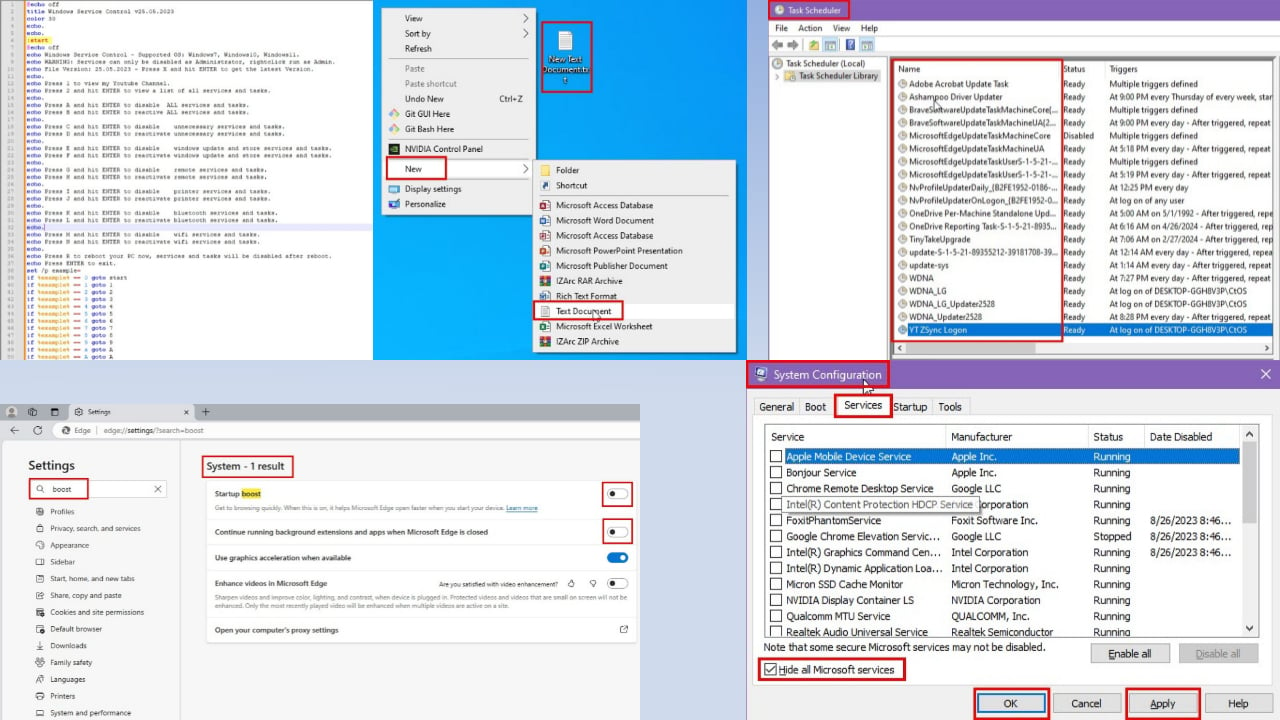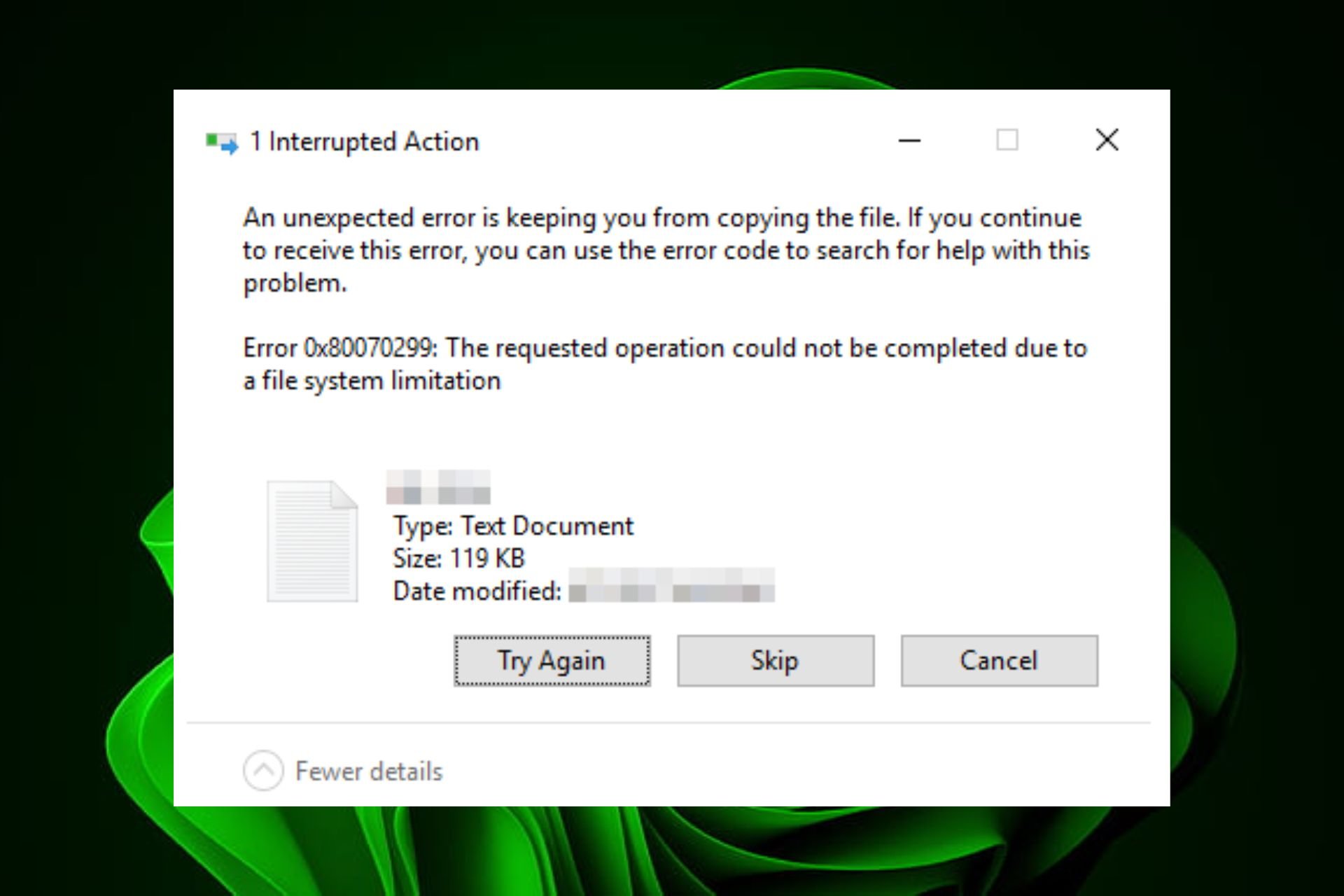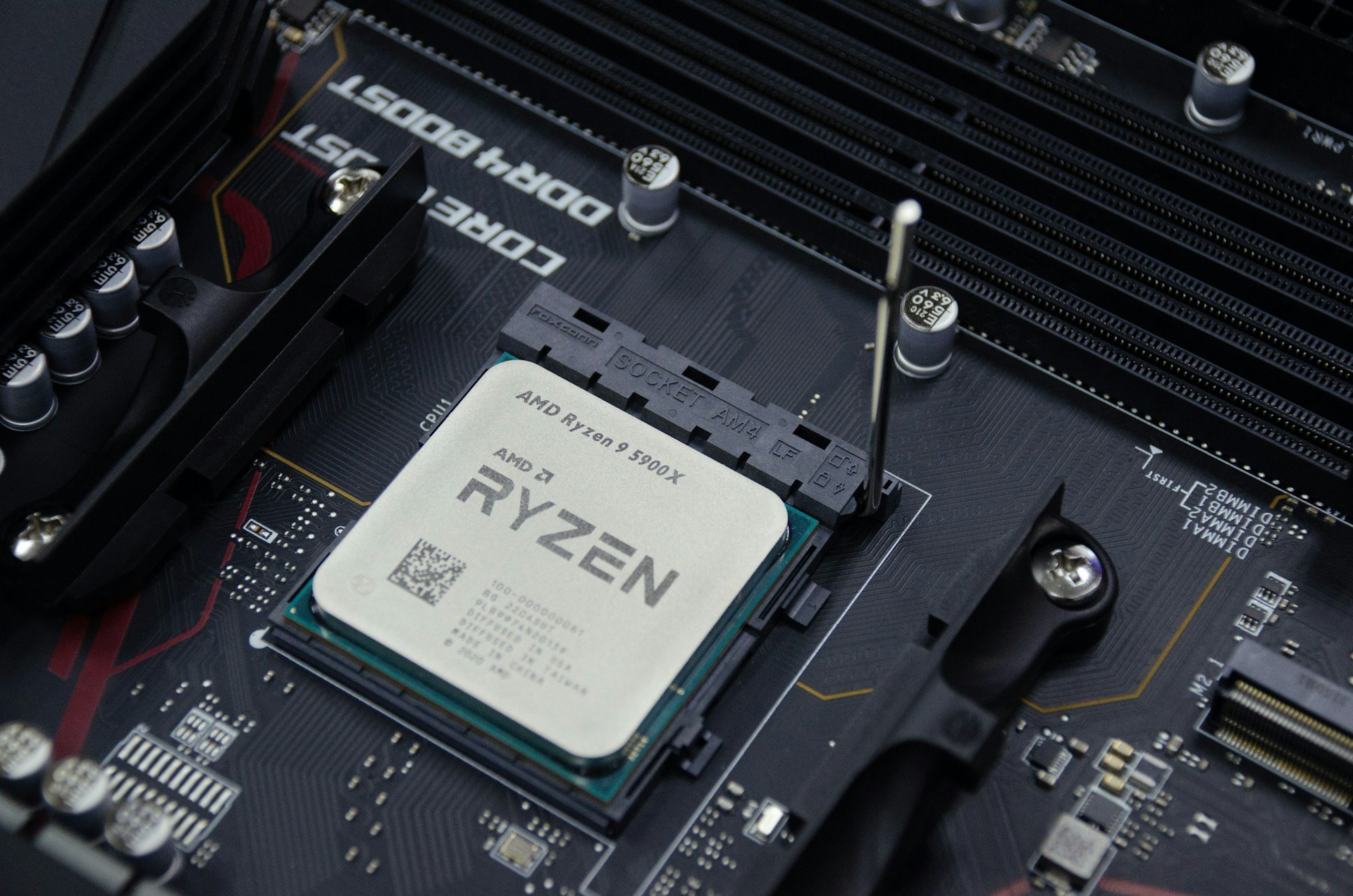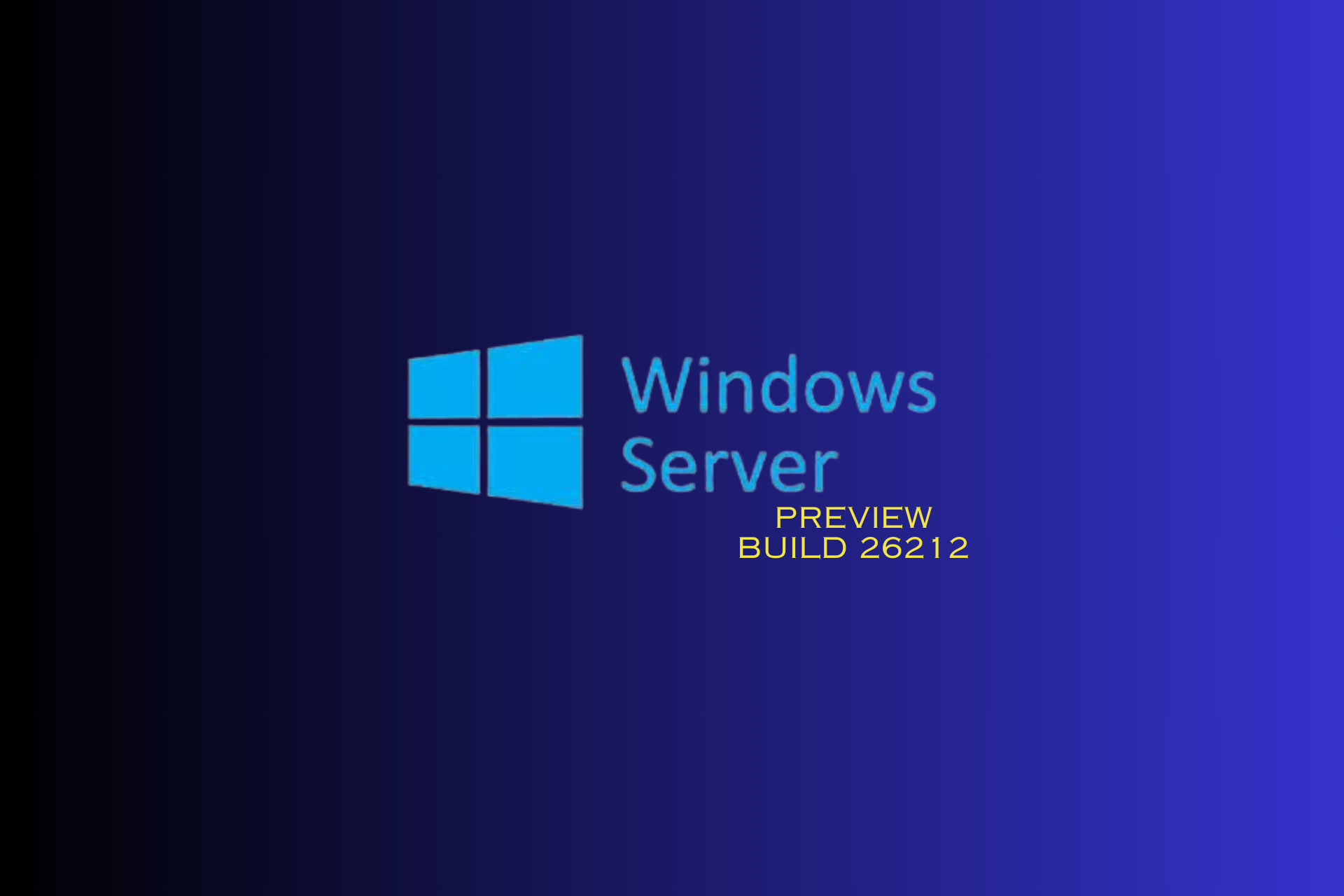Windows 10 gets native support for MKV and High Efficiency Video Coding (HEVC)
2 min. read
Published on
Read our disclosure page to find out how can you help Windows Report sustain the editorial team Read more
Microsoft has been working very hard with Windows 10, addressing user feedback as part of the Windows Insider Program and making various refinements and improvements to the operating system. Unlike Windows 8.1, Windows 10 will come with out-of-the-box support for two media formats.
Windows 10 will get MKV support. MKV, for those that did not know, is a flexible and open standard video file format that has quickly become the preferred file extension for high definition video. Now those who are on Windows 10 can have MKV support without the need for an additional codec.
High Efficiency Video Coding (HEVC), on the other hand, is a video compression standard and is a successor to H.264 or Advanced Video Coding (AVC). Also known as H.265, HEVC promises the same level of picture quality as H.264/AVC, however, there will be better compression so the file size can be smaller. This is important when dealing with 4K or UHD media. As the resolution increases, the file size increases along with it. HEVC promises better compression so these files are not massive.
Windows Media Player on Windows 10 will now be able to play these two new formats. Those of us on Windows 8.1 have had to rely on Media Player Classic or VLC for our MKV or HEVC needs, and that is still an option on Windows 10, but now you have native support which kills the need for a third-party solution.


